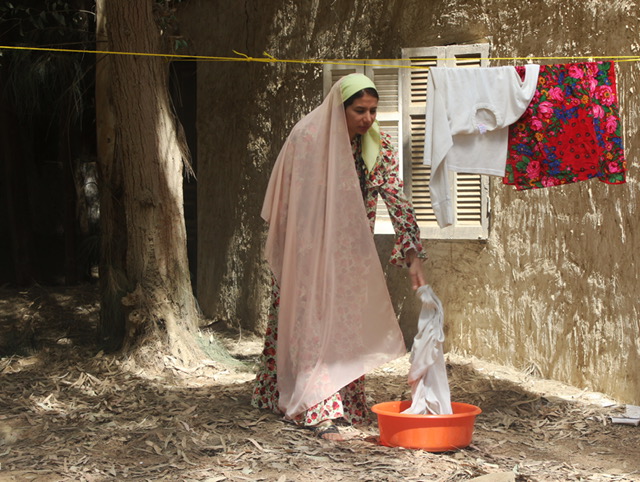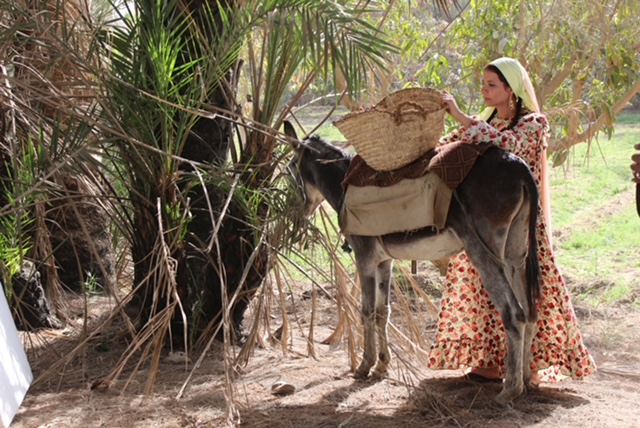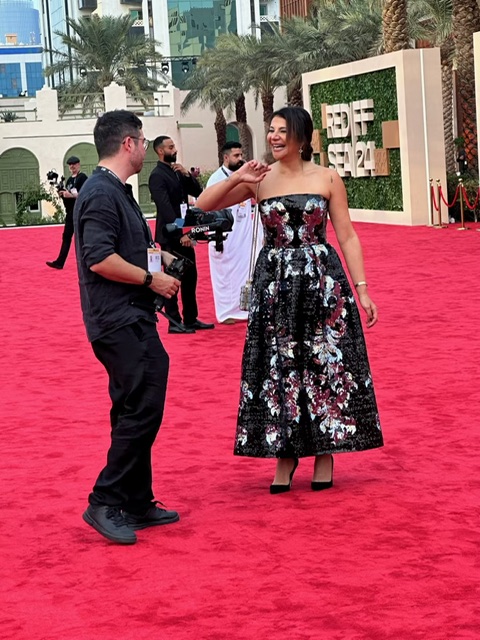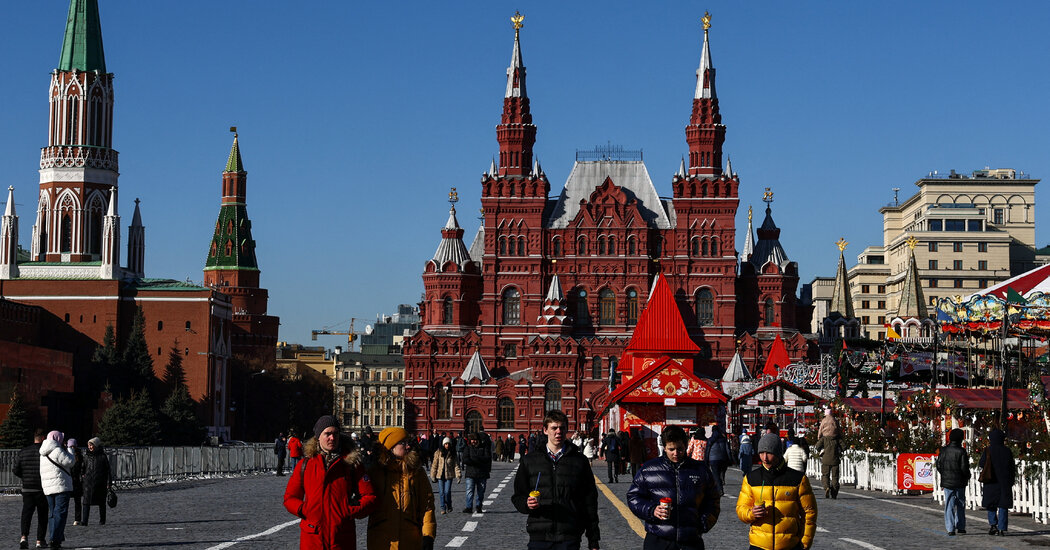Egyptian-French actress, Inji El Gammal, has stepped into the spotlight following the release of her recent film Abdo and Saneya (2024), a captivating modern silent film that premiered at the Red Sea International Film Festival in December 2024.
The black-and-white silent film, filled with masterful performances and complemented by an evocative score, has earned acclaim from outlets like The Hollywood Reporter and Variety. It also marks a big milestone in El Gammal’s career, which spans award-winning stage performances and notable TV roles, including her appearance in Hulu’s award-winning Ramy (2019).
Abdo and Saneya, the only Egyptian film selected for the festival, is the creation of El Gammal and her husband, Omar Bakry, an Egyptian-Swedish writer, director, and producer. She describes the film as “their child.”
“As an actress, I want to make an impact, do something meaningful, and contribute to art by inspiring people to think about their paths and humanity,” El Gammal tells Egyptian Streets. “In Abdo and Saneya, we managed to do that.”
Inji El Gammal’s Journey of Acting
El Gammal was born in Egypt, but then moved to France with her family at age nine. She later returned to her homeland, where she minored in theater at the American University in Cairo.
“I spent my four years in university at the theater doing everything possible, costumes, makeup, everything,” El Gammal said. “That’s when my love for acting and theater began to take shape.”
After graduating, she worked on various projects, including ones in media, still uncertain about her career, while also starting a family.
Her daughter’s diagnosis of severe autism was a transformative event that led her to advocate for neurodivergence awareness. However, with limited resources available in Egypt, she was compelled to move to New York in search of better support for her child.
“One thing led to another, and I ended up living there for years,” she says. “It’s also where I met my husband, Omar Bakry, through work. I applied for a drama therapy program in the U.S., and while I wasn’t specifically thinking about acting, I was looking for something enjoyable to do—but Omar encouraged me.”
Bakry’s encouragement and belief in her acting talent motivated El Gammal to take the craft more seriously. She posted on Facebook in search of an acting coach, and Roger Hendrick Simmons, a theater director in New York, reached out to her.
With his guidance, she began performing in theater in New York, where she caught the attention of agents and auditioned for various roles, eventually landing a part in Ramy.
Meanwhile, El Gammal and Bakry collaborated on another film, His Man, which was shelved and never released. The couple also founded their own production company, laying the groundwork for Abdo and Saneya.
The Creation of Abdo and Saneya
“Our collaboration on this film felt like creating a child together, since we don’t have children, our art became our family,” she said.
Abdo and Saneya were two characters created by Bakry, originally meant to be in sketches posted on YouTube, but eventually turned into something “special,” according to El Gamal.
“It was a new concept, and producing it in the United States proved challenging, particularly since we were not well-known and there was little interest in funding the project, as it was not a commercial project,” she said.
Initially, the film was shot in El Gammal’s apartment basement with a small crew. However, as more artists joined—including composer Alexandra Azaria, a French musician known for scoring The Transporter (2002) franchise—the project evolved into something much larger.
“We didn’t want to focus on money or cameras. We wanted to create something that came from the heart,” El Gammal tells Egyptian Streets.
Influenced by her studies in drama therapy, the actress approached her role as Saneya with meticulous detail, relying on her expressive eyes and non-verbal cues to convey emotion in the silent film format.
El Gammal had to also refine the character’s physicality, ensuring that every movement aligned with the essence of the role.
“When I think of Saneya’s mannerisms, how she walks, talks, and uses her hands while speaking, I’m reminded of the great Naguib El-Fatih and Faten Hamama, and the iconic roles they played as farmers,” El Gammal said.
Her ability to convey emotion through gesture and gaze was pivotal in bringing the character to life, a skill that took years of dedication to master. However, the journey was not without its challenges. Beyond the demands of silent filmmaking, the greatest hurdle they faced was securing funding. With little to no budget, time was also against them. The film took eight years to complete.
“It was very on and off, and we were aging and changing in appearance, so maintaining continuity wasn’t easy, but it was manageable,” she explains. Adding to the difficulty, four different directors of photography worked on the project, making it even harder to achieve visual consistency.
The character, who struggles with infertility and is blamed for it, travels to the States in search of a better opportunity. The plot highlights the difficult balance many women face between family and work life. She is forced to embody the role of a wife and caregiver while working, navigating a world of hardship and limited resources.
El Gammal relates to the character’s resilience and ability to survive and persist under immense pressure, drawing from her journey as an immigrant, especially in light of current challenges in America.
Making it to the Red Sea International Film Festival
“Seeing the film on such a big screen at the Red Sea International Film Festival was one of the happiest moments of my life, right after the birth of my children,” she revealed.
According to El Gammal, after the screening, people from around the world, including investors from Nigeria, approached the cast, praising the film and calling it a “must-see.”
El Gammal is also deeply passionate about challenging the stereotypical roles that Middle Eastern actors often receive in the U.S. She is committed to creating her own projects to showcase the depth and diversity of Arab women beyond the common portrayals of stay-at-home, veiled wives or individuals linked to extremist narratives.
“We want to show the West that Arab women are so much more than these stereotypes. Our art is rich, deeply rooted in centuries of legendary films, novels, music, and theater,” she explains. “We aim to revive the essence of what art used to represent, before it became overshadowed by Western stereotypes. For me, acting is a love story. It’s not about climbing the ladder of fame or competing; it’s about a genuine passion for the craft and a deep commitment to creating meaningful, impactful work.”
The actress has a new play coming in August, directed by Bakry, and according to her, it is the biggest project she has worked on, part of a union project and “a very strong theater” production.
“We’re also working on releasing Abdo and Saneya in Europe and the U.S,” she says. Meanwhile, the distribution in the Middle East is still in progress, so there’s a lot to happen in the near future.”





